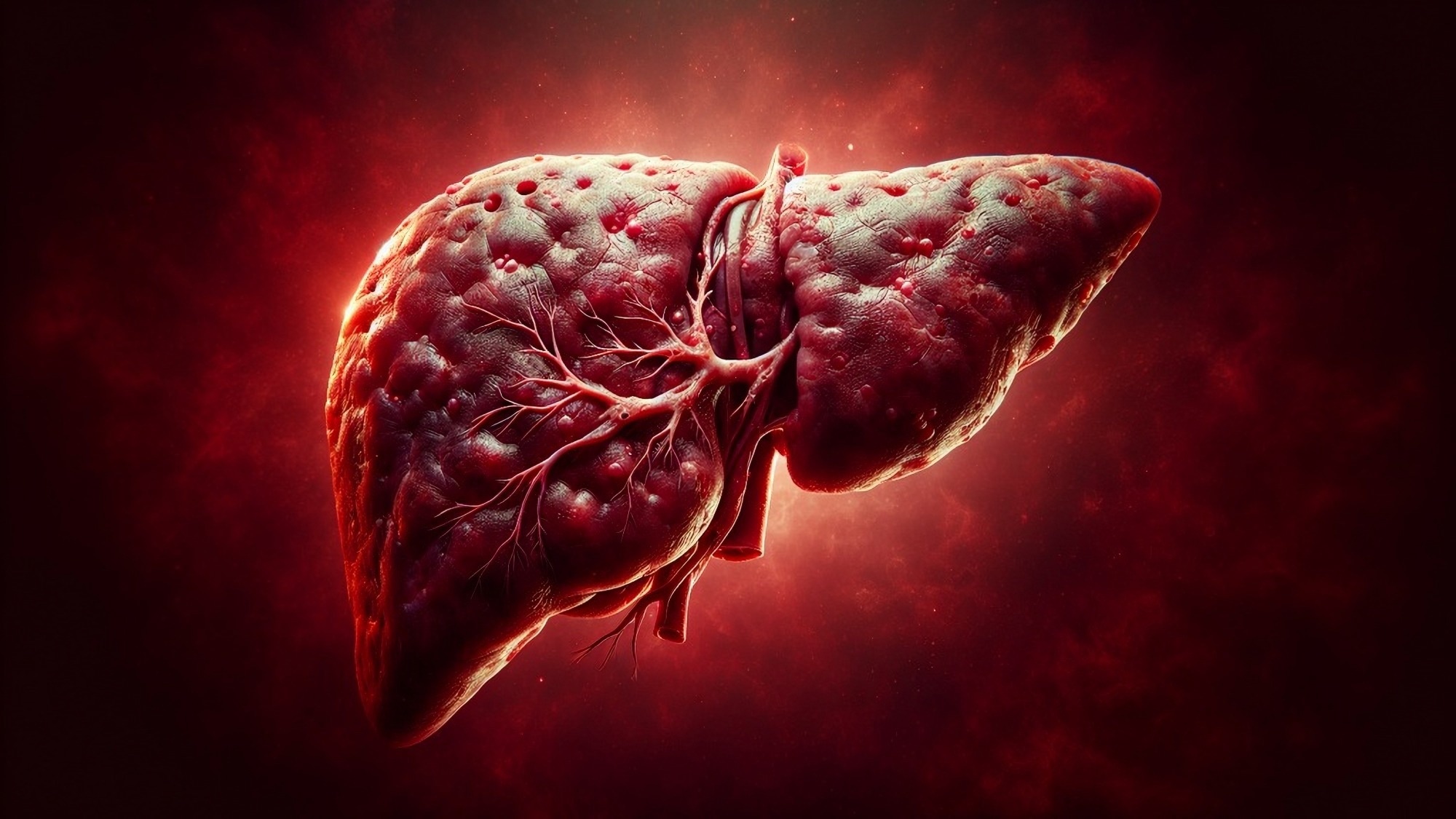A new study reveals that even low-dose, chronic exposure to air pollution can trigger liver inflammation, fibrosis, and metabolic disruptions, increasing the risk of fatty liver disease and other hepatic disorders.
 Study: Mouse study demonstrates liver damage from low-level PM2.5 exposure. Image Credit: Shutterstock AI Generator / Shuttersotck.com
Study: Mouse study demonstrates liver damage from low-level PM2.5 exposure. Image Credit: Shutterstock AI Generator / Shuttersotck.com
A recent study published in the Journal of Environmental Sciences examines the liver toxicity of low levels of PM2.5 exposure.
The hepatotoxicity of PM2.5
Over the past 20 years, mortality due to air pollution has continued to rise, with over 6.7 million deaths reported in 2019 alone. In addition to the respiratory toxicity associated with exposure to air pollution, several studies have confirmed that certain air pollutants induce hepatotoxicity, thereby increasing the risk of metabolic-associated fatty liver disease (MAFLD), advanced liver fibrosis, and hepatocellular carcinoma.
Fine particulate matter less than 2.5 micrometers (µm) in size, which is otherwise referred to as PM2.5, is an air pollutant typically produced from combustion sources like vehicles and power plants. Exposure to PM2.5 can lead to oxidative stress, macrophage activation, and inflammatory cytokine release, all of which are implicated in DNA damage and acute liver injury.
The dose-dependent toxicokinetics of PM2.5 have been explored in numerous animal models, with stress, mild immune, and severe inflammatory responses observed at 1.6, 8.0, and 40 mg/kg, respectively. Importantly, these doses may not be physiologically relevant, particularly in regions that are more heavily polluted.
Chronic exposure to low levels of air pollution increases the risk of respiratory and cardiovascular mortality. In the current study, researchers examine how exposure to low doses of air pollution at different time points can affect the liver through proteomic and lipidomic analyses.
About the study
Five-week-old male mice were exposed to PM2.5 originating from traffic. Each mouse inhaled 10 μg of these particles every day for a total of four, eight, or 12 weeks. Inflammation and fibrosis were assessed at 12 weeks, along with liver proteins and lipid profile measurements.
Changes in exposed mice
With no change in body weight, liver weight in exposed mice was reduced at four weeks, increased at eight weeks, and ultimately returned to baseline levels at 12 weeks. These observations suggest that exposure to air pollution may induce acute liver injury, followed by regeneration and fat accumulation.
Abdominal fat mass was reduced at 12 weeks, which may indicate fat redistribution to the liver under the stress of dysregulatory influences. The liver enzyme aspartate aminotransferase (AST) increased at all time points; however, changes in AST levels were not significant. Comparatively, alanine aminotransferase (ALT) levels rose at four and eight weeks until ultimately normalizing to baseline levels at 12 weeks.
Liver inflammation due to PM2.5 exposure
Mice exposed to PM2.5 exhibited signs of liver inflammation and early pro-fibrotic changes, as demonstrated by the infiltration of primary immune cells like macrophages that was accompanied by increased inflammatory cytokine production. This inflammatory response led to greater collagen deposition surrounding the portal veins at 12 weeks.
The expression of fibronectin, which forms the scaffolding for collagen deposition, was also increased at 12 weeks, whereas glycogen reserves in the liver were reduced.
The livers of mice exposed to PM2.5 became more metabolically active and, as a result, processed fat molecules at a faster rate. PM2.5 exposure also led to increased concentrations of both triglycerides and diacylglycerols.
Exposure to PM2.5 induces systemic oxidative stress, which leads to an inflammatory response categorized by the recruitment of macrophages that subsequently attract neutrophils through the release of chemokines and cytokines. Previously, neutrophils have been shown to increase the synthesis of ceramides, which can activate pro-inflammatory transcription factors like nuclear factor-kappa B, thereby further contributing to the production of inflammatory cytokines and the induction of apoptosis.
In the current study, ceramide levels, which are bioactive fats important for cell functioning, also increased. Ceramide-1-phosphate (CerP) levels, which accounts for 76% of all ceramide groups detected by lipodomic analysis, rose by nearly four-fold following PM2.5 exposure as compared to controls.
Transcription of carnitine palmitoyl transferase, a long-chain fatty acid oxidation enzyme, also increased eight weeks following PM2.5 exposure. PM2.5 exposure did not significantly impact fatty acid synthase (FASN) expression.
Transcriptional changes
Significantly altered levels of 64 proteins in the liver were observed in PM2.5-exposed mice, of which included ubiquilin-1 (UBQL1) and transmembrane protein 214 (TM214). Both UBQL1 and TM214 are involved in the endoplasmic reticulum stress and unfolded protein response.
PM2.5 exposure also significantly increased fatty acid binding protein 4 (FANP4) and filamin-A (FLNA) levels. The most significant reduction in protein expression was observed in steroid sulfatase and gap junction protein beta 2 (CXB2), which suggests a disrupted inflammatory response and loss of gap junction integrity, thus indicating poor compensatory changes in the liver.
Conclusions
Long-term exposure to low levels of traffic-derived PM2.5 leads to disease processes in the liver with an increased risk of MAFLD, regardless of the presence of other classical risk factors associated with liver disease.
Our study not only reinforces the theory that there is no safe threshold of PM2.5 levels for human health, but showed that an extended duration is required for adverse effects on liver health to manifest.”
Additional research is needed to further examine the molecular pathophysiology involved in the inflammatory response and fat deposition in the liver following exposure to low levels of PM2.5 exposure for extended periods.
Journal reference:
- Feng, M., Padula, M. P., Al Asaad, S., et al. (2025). Mouse study demonstrates liver damage from low-level PM2.5 exposure. Journal of Environmental Sciences. doi:10.1016/j.jes.2025.01.025.